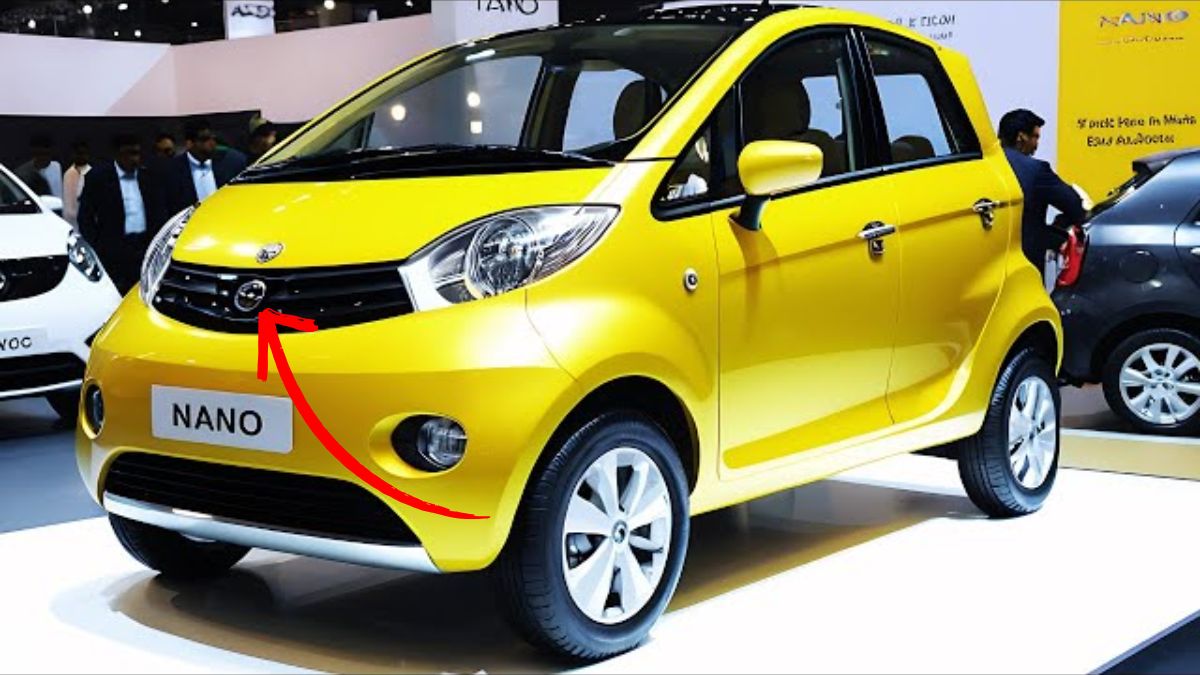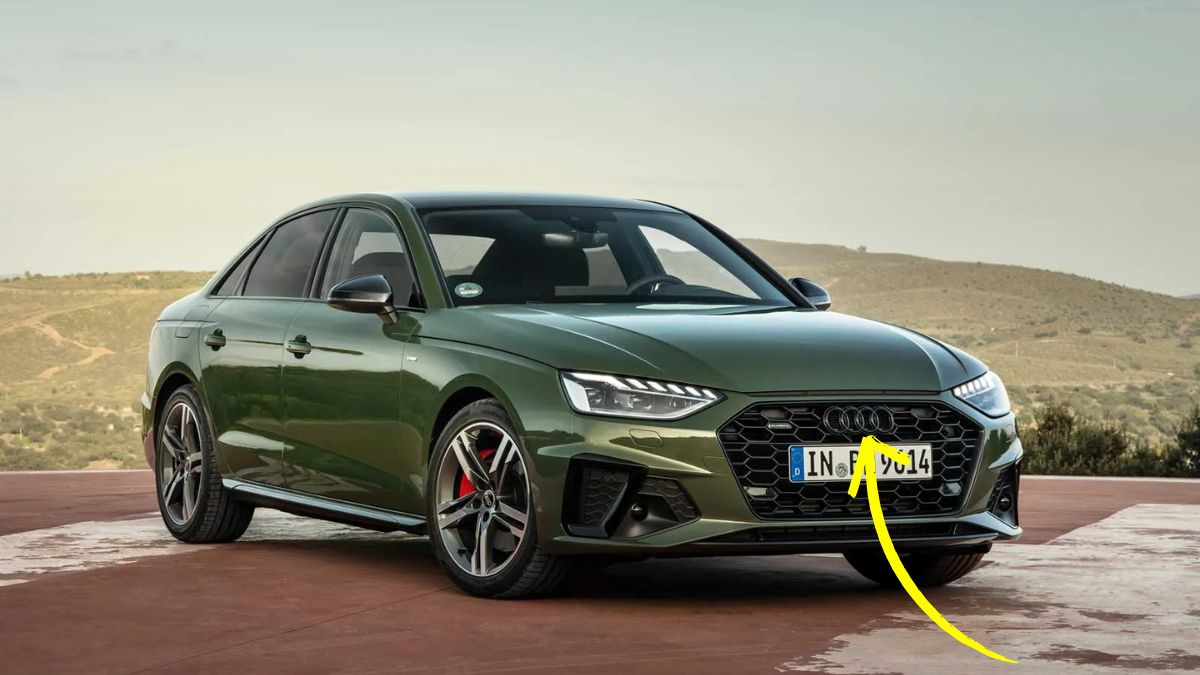India’s beloved compact car is staging a comeback, and this time, it’s gone electric. The Tata Nano, once hailed as the world’s most affordable car, is returning in a new avatar—an electric vehicle aimed at delivering affordable, practical, and eco-conscious transportation.
The Nano EV 2025 is here to make electric mobility accessible to the masses, combining zero-emission tech with Tata’s legacy of simplicity and reliability.
Exterior
The Tata Nano EV retains its trademark compact silhouette but adds a modern edge to its design. The body now features smoother lines and a closed grille, improving aerodynamics for better efficiency. It has a refreshed look thanks to LED Daytime Running Lights and newly styled wheels, bringing a more premium vibe to the familiar frame.
Bright and youthful color options like electric blue, vibrant green, and bold yellow, as well as eco-themed hues like matte green and white, add an attractive flair for buyers who care about both the environment and aesthetics. Despite being small, it’s built to stand out and slip through urban traffic with ease.
Interior
Inside the cabin, Tata has made smart use of space. The Nano EV features a 2+2 seating layout, enough for a small family or group of friends commuting together. The use of lightweight materials helps keep the overall weight low while maintaining durability. While the interior is minimalistic, it doesn’t feel stripped down.
You get a digital instrument cluster replacing the old analog dials, offering useful information like speed, battery status, and drive modes. A basic infotainment system with Bluetooth and USB connectivity ensures you can enjoy music and navigation.
There’s also a smartphone app that helps you monitor battery percentage, charging status, and range in real time. Although small in size, the Nano EV includes practical storage solutions and foldable rear seats for increased cargo space when needed.
Performance
Powering the Nano EV is a battery pack in the 15 to 20 kWh range, offering an estimated driving range of 150 to 200 kilometers per full charge. This makes it ideal for city and nearby suburb driving. Its electric motor delivers around 30 to 50 horsepower, focusing on efficiency rather than high-end performance.
The car is built for regular commutes, not speed thrills, and it handles that task efficiently. Charging is simple—use a standard home charger for a 5–6 hour full charge, or plug into a fast charger to reach 80% battery in about 60 to 90 minutes. The car is built for everyday driving convenience, not long-distance trips.
Driving
Driving the Nano EV is designed to be light and stress-free. Its compact size and light frame make it easy to navigate congested city roads and squeeze into tight parking spots. It feels agile and responsive, making it an enjoyable ride for those who deal with traffic every day. Regenerative braking adds efficiency by converting braking energy back into battery power.
Different driving modes help balance between energy efficiency and performance depending on your needs. The overall driving experience is tuned for urban use, giving a light and comfortable ride even during daily commutes.
Features
The Nano EV may be low-cost, but it includes several essential safety and tech features. It comes with regenerative braking, multiple eco driving modes, dual airbags, and ABS with Electronic Brakeforce Distribution (EBD).
The body is reinforced with a high-strength steel frame that improves safety in case of a collision. These features combine to offer a safe and reliable experience for everyday users.
| Feature | Details |
|---|---|
| Airbags | Dual (Standard) |
| Brakes | ABS + EBD |
| Drive Modes | Eco Modes for efficiency |
| Regenerative Braking | Yes |
| Steel Frame | High-strength safety shell |
Pricing
The expected price for the Tata Nano EV is between ₹5 to ₹7 lakh, making it one of the most affordable electric vehicles in India. It will be available in at least two variants. The entry-level version will come with essential features and standard charging capability, targeting price-conscious buyers.
The plus variant will offer improved tech, faster charging, better range, and more comfort features for those willing to spend a bit more. The overall goal is to democratize EV ownership by giving more people access to electric cars without burning a hole in their pockets.
Pros & Cons
The Nano EV is an excellent choice for first-time EV buyers and those looking for an affordable, efficient city car. It offers incredibly low running costs—approximately ₹1 per kilometer—and benefits from Tata’s strong service network across India.
However, the car is not built for long-distance drives and lacks luxury features. While it may feel basic to some, it excels in functionality and economy, which is exactly what it’s designed for.
The Tata Nano EV stands out as a solution to India’s urban mobility problems. It offers clean, cost-effective transport that aligns perfectly with the country’s growing focus on electric vehicles and sustainability.
While it doesn’t come with high-end bells and whistles, it makes up for that with practicality, affordability, and Tata’s commitment to delivering value to its customers.
FAQs
What is the range of Tata Nano EV?
The Nano EV offers a range of 150–200 km on a full charge.
How much will Nano EV cost?
Expected price range is ₹5–7 lakh, making it very affordable.
Can I charge Nano EV at home?
Yes, it supports standard home charging in 5–6 hours.
Does Nano EV have airbags?
Yes, it includes dual airbags as standard for safety.
Is Nano EV good for long drives?
It’s best suited for city or short suburban commutes.






